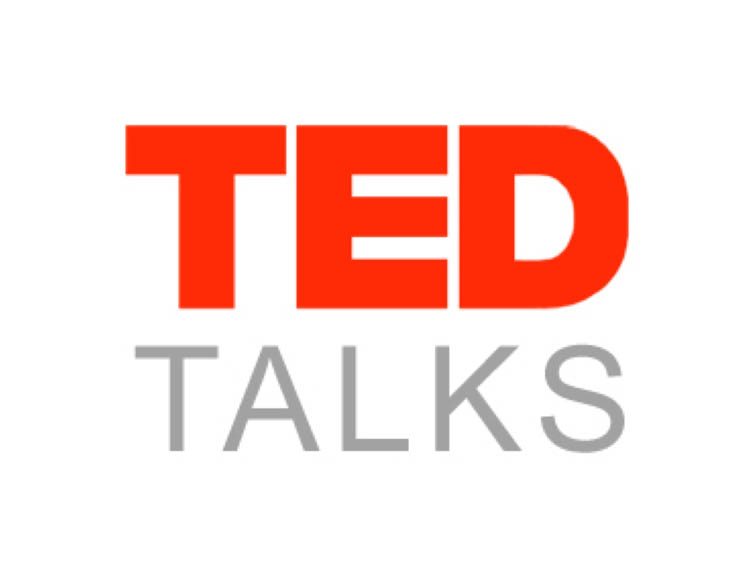
How My Students Created Their Own TED Talks
by Mary Ann Settlemyre, Teacher
Teaching students about the environment can be challenging for many reasons.
They need to be provided with a lot of background knowledge due to their age, inexperience, and lack of time spent in nature so far―understanding the full scope of possibilities around them is difficult for young minds to yet conceptualize.
The Value Of Developing Students’ Environmental Voice & Choice
If we want students to care about the environment, we need to expose them to the world around them. They need to play in a stream, get dirty, and investigate bug colonies. Unfortunately, too many children don’t even play outside. How can we expect them to care about and protect the environment when they’ve hardly experienced it?
In today’s world, students are almost always in focused activities. ‘Free Time’ isn’t a familiar concept. As educators, teaching the facts about our environment is one important element, but it’s also essential to instill in our students the sense of wonder that goes along with truly experiencing the world so they develop the passion to advocate for it!
See also 10 Ways To Help Students Become More Independent Learners
EcoRise is a group whose school-based program helps teachers introduce students to eco-literacy, sustainability, and green careers through their Sustainable Intelligence Curriculum. We used this curriculum in my classroom and I found that it covered many of the difficult parts for me, leaving me with the main priority of delivering instruction with enthusiasm and igniting my students’ passion.
Once students begin to display the desired passion, what should we do? We must sustain it.
To achieve this, I’ve begun to use “Green TED Talks.” Using a green screen for our background, students form research teams and study environmental issues that are meaningful to them. They identify both 1) the problem and 2) currently available solutions.
Using the format familiar to anyone who has viewed various TED Talks, students create an impassioned speech that they use to inform―and perhaps more importantly, persuade―their peers about their key environmental issue. When students put their speech together they need to follow this format:
1. Hook―How do you establish a connection with your audience so you can get them to “buy into” the idea?
2. Explain the Current Problem―What exactly is the current environmental challenge, what do your peers need to understand about it, and how does impact present and future ecosystems.
3. Share the Current Solutions―What solutions are currently available, how do they work, and what kind of difference can they make?
4. Closing―Reconnect with the audience and close with a passionate call to action.
Students are encourages to think about the following when they are preparing:
· Who is in your audience?
· How can you use humor in your speech?
· What visual will help get your point across?
· Your information must rest on accurate data.
Many teachers feel that a lack of available time is an impediment to teaching sustainable intelligence. But if we think about the many thinking skills and 21st century skills involved in any type of science instruction, it’s easy to see how our instruction, when integrated across the curriculum, can help students learn about sustainability while achieving essential grade-level goals and objectives.
These Green TED Talks alone cover the following 9 objects from the 5th grade Common Core Standards, including:
1. CCSS.ELA-Literacy.RL.5.1 ― Quote accurately from a text when explaining what the text says explicitly and when drawing inferences from the text.
2. CCSS.ELA-Literacy.RI.5.4 ― Determine the meaning of general academic and domain-specific words and phrases in a text relevant to a grade 5 topic or subject area.
3. CCSS.ELA-Literacy.RI.5.5 ― Compare and contrast the overall structure (e.g., chronology, comparison, cause/effect, problem/solution) of events, ideas, concepts, or information in two or more texts.
4. CCSS.ELA-Literacy.RI.5.6 ― Analyze multiple accounts of the same event or topic, noting important similarities and differences in the point of view they represent; Draw on information from multiple print or digital sources, demonstrating the ability to locate an answer to a question quickly or to solve a problem efficiently.
Conclusion
Now, I don’t want you to think that all my students ‘got it’ the first time around. Nor do I want you to believe that you don’t need to teach mini-lessons for these objectives. But I do want you to see where you can fit science, especially environmental sustainability, into your program. It is possible for each of us to expose our students to meaningful experiences.
If we want our students to care, to voice their choice, then we must give them an opportunity. After multiple experiences, my students now view these talks as a way to express themselves when they want to activate change in different areas of life. At my school, we hatch trout, butterflies, chickens, and ducklings. The students compare these cycles to each other as well as with plants, history, weather, and more.
When learning about the ducklings (types and uses), the students were upset to find out that one of the ducklings we had would traditionally be used for food due to its size.
One student in particular was aghast at the idea of eating duck. I will never forget the sincerity in her face as she cried out: “Mrs. Settlemyre, we need to put together a TED Talk about this and protect them!
Mary Ann Settlemyre is a 28 year teaching veteran who has taught grades K-6 in 3 different states. She is currently the STEAM/Outdoor Education Specialist at Centreville Elementary School in Fairfax County, Virginia, and was recently named an EcoRise Teacher Ambassador for her excellence in helping students understand environmental sustainability. She was named one of the Presidential Innovative Environmental Educators of the Year, and led her school to be named a US Green Ribbon School, and the number one Eco School with the National Wildlife Federation.